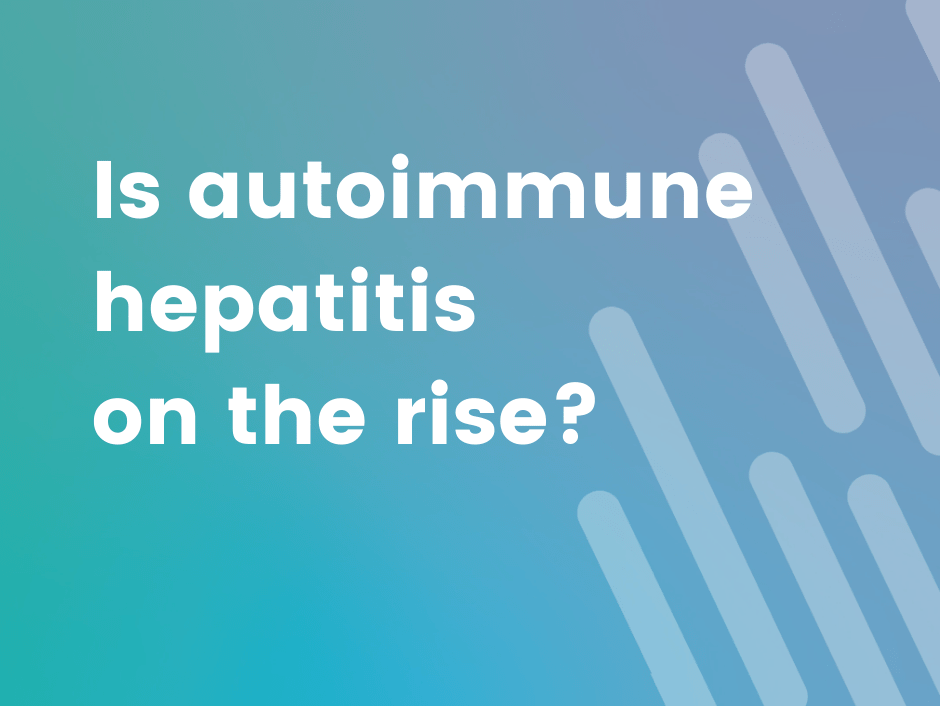By Craig Lammert, M.D., AIHA Executive Director

One of the most common questions our members ask is “how common is AIH?” Unfortunately, it’s a challenging question, and the answer depends on which epidemiologic study you are reading. There is no doubt AIH is a rare disease, but it may be that the development of AIH is increasing.
Most studies looking at how frequent AIH is have come from Europe and have historically shown variable results. In recent years, some published studies have shown the rate of AIH has been stable, while others have shown an increase. No study is perfect, causing experts to argue about the true nature of what AIH is doing now.
A recent article from early 2021 lends more data to this question and examines the rate and prevalence of AIH as well as primary biliary cholangitis and primary sclerosing cholangitis (other autoimmune liver diseases). The authors looked at a well-described population in Canterbury, New Zealand, and counted the number of patients developing these autoimmune liver diseases over the past nine years.
They found that the rate of AIH was significantly higher during the period of 2014-2016 than during the period of 2008-2010. Interestingly, the rate of the other autoimmune liver diseases did not change over this time.
The authors were unsure why AIH would increase during this time, but the increase matches other autoimmune diseases such as inflammatory bowel disease, type 1 diabetes, and multiple sclerosis (at least in New Zealand). They hypothesized that environmental triggers for AIH, such as antibiotic or other drug use, could be increasing. Another consideration was the impact mental health and stress has on AIH, as local earthquakes in Canterbury in 2010-2011 led to higher rates of psychological distress, anxiety, and depression. There have been a few studies that have revealed that adverse mental health is associated with some autoimmune disorders.
The reason for the AIH increase is unclear, but these findings remind us about the potential impact the environment may have on AIH and its onset. Could the rates of AIH continue to rise? Read the article.
